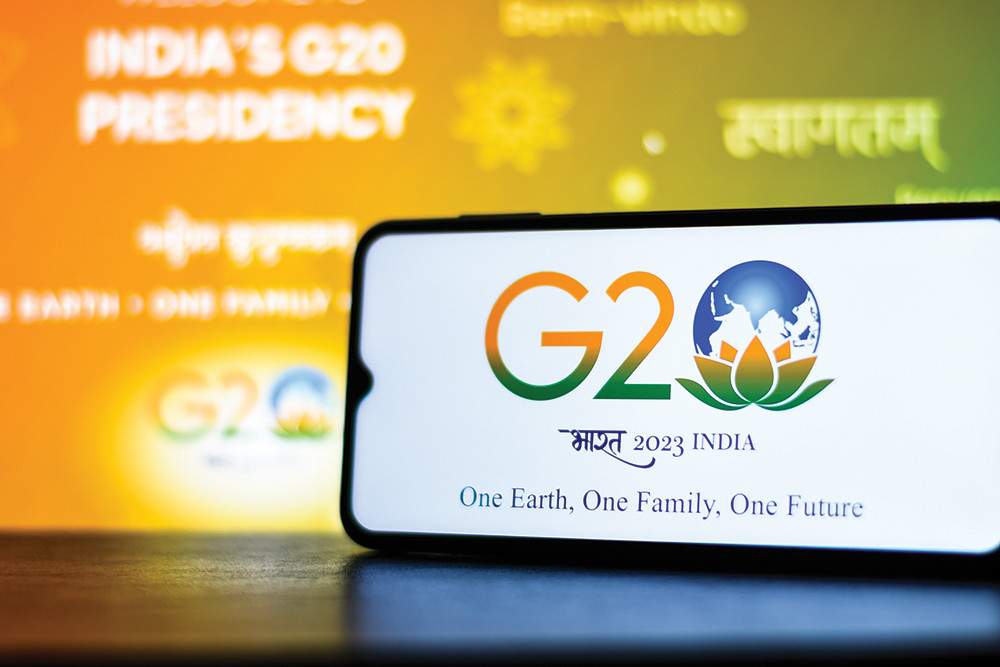
Driving is fun. But running an automobile manufacturing business is anything but fun.
Young corporate managers must have seen the changes which passenger car or two-wheeler companies have had to undergo for sheer survival. Original and integrated equipment manufacturers in the automobile domain have to always remain on their toes to cater to the changing tastes and needs of buyers. This demands the highest level of customer awareness, ability to incorporate changes and innovation in products and service, considerable capital expenditure, etc.
I am not in the auto business but do have friends and kin actively involved in this industry across the world. Seeing them work, I have started believing that a stint, longer the better, in the auto business can serve as the best training ground for aspiring, ambitious and young executives.
Today, Maruti Suzuki occupies 50% of India’s passenger market segment. Hyundai is a distant runner up. Other global biggies like Toyota, Renault, Nissan, Datsun, Honda, Audi, Jaguar, Land Rover, BMW, Mercedes-Benz, Mini, Ford, Fiat, Skoda, Volkswagen, Tata Motors, Mahindra & Mahindra, etc. are way behind.
The reason is simple. There is no business activity which is left untouched by an automobile company. An auto professional thus evolves as a well-rounded manager capable of tackling diverse challenges of the business.
It is obvious that a young and middle level executive will not be able to serve in all departments of an automobile company. However, if she or he has fire in the belly, then s/he will be exposed to diverse facets of business whether it be different aspects of manufacturing, materials management, supply chain management, import-export, technology acquisition, quality control, marketing, sales, customer surveys, research and development which may also include reverse engineering, finance, interaction with government, bankers and regulatory agencies, internal and external communications, human resource development…the list is endless. Ancillaries have also to be dealt with. So, you see, there is a lot to learn and imbibe.
Also the scale at which automobile companies operate is truly humongous. That is why the automobile industry is seen as the index of a country’s economy. There used to be a time when it was said that if General Motors (GM) is doing well, then the USA economy is doing well. Such was the unbreakable bond between the world’s biggest automobile company and the world’s largest economy.
But how fickle are the fortunes of the largest corporates! Good times do not last forever if you do not work hard enough when the sun is shining. GM went bankrupt on June 1, 2009, with assets of $ 82.99 billion and debt amounting to $ 172.81 billion. How the mighty fall! Revival involved Herculean efforts but the ups and downs still continue.
An almost dying Chrysler Corporation was revived by the legendary Lido Anthony Iacocca almost from ground up. He was wooed from Ford. He slogged all through the 1980s introducing new vehicles which caught people’s fancy and created astonishing sales records. Having crushed the crisis and put Chrysler back on the profitable path, Iacocca retired as the company’s chairman in December 1992. His advertising campaign for Chrysler cars included unforgettable slogans like ‘The pride is back’ and ‘If you can find a better car, buy it.’ However, Chrysler went bankrupt in 2009. Good times, as I stated, are not forever, if you are not on your toes 24X7.
Closer home, maker of the iconic car Ambassador, Hindustan Motors Ltd. pulled down shutters in May 2014 after a 76-year run. A car of the Indian elite for decades, Ambassador faded into oblivion as the company cared little to upgrade its technology and service standards. The very late entry of Maruti Suzuki was perceived with apathy and arrogance by HM leading to its demise. Though many foreign brands had entered the Indian auto market by then, Ambassador’s exit was the end of an era. Its absence is still lamented by its innumerable fans, both in India and abroad.
In fact, Ambassador was adjudged the world’s best taxi in a race competition conducted by BBC in UK just a year before HM shut shop. The car used to be sturdy as a battle tank. However, the HM management forgot that customer tastes and needs had changed. People wanted small and high mileage cars, not battle gladiators. Enter Maruti in the early 1980s with its 800cc car and India witnessed a mobility revolution. In the beginning, Maruti could not boast the sturdiness, spaciousness, comfort, elegance and prestige of the Ambassador. But ultimately economy prevailed and the middle class moved over to the affordable Maruti 800 and its later descendants.
Today, Maruti Suzuki occupies 50% of India’s passenger market segment. Hyundai is a distant runner up. Other global biggies like Toyota, Renault, Nissan, Datsun, Honda, Audi, Jaguar, Land Rover, BMW, Mercedes-Benz, Mini, Ford, Fiat, Skoda, Volkswagen, Tata Motors, Mahindra & Mahindra, etc. are way behind.
This effectively means that barring Maruti Suzuki, most passenger car companies in India are either in the red or making minimal profits. The titan General Motors called it a day last year. Notably, foreign giants making profit in India owe it to exports from their units here. They have little to crow about their domestic sales.
For example, Ford’s total revenue from India stood at $ 3.1 billion last year. But domestic sales accounted for only one-third of it. Ford’s India sales grew by a measly 1% in 2017 at 87,588 units, while exports clocked a healthy jump of 15% at 1, 75,196 units.
One could, therefore, say that the passenger car industry too is as fickle and unpredictable as the aviation industry, especially as more and more players are venturing into these domains with novel products, revenue models and service standards. The competition is only growing even as weaklings fall by the wayside.
The unstoppable expansion of social media has made businesses more vulnerable to crises. Word spreads like fire. Remember the recent recall of eight million vehicles by Toyota after a customer issue in the USA. Similarly, the emission scam by Volkswagen put the German auto behemoth on the mat and did massive damage to its carefully nurtured image.
What does this effectively mean for managers seeking a bright future in the passenger automobile industry? They should be daring enough to face frequent crises. Still better would be the ability to remain proactive and avoid crises. But strangely enough, we see the elephant when it has entered the room, all set to trample us. Otherwise, how does one explain auto giants going bankrupt?
While there are myriad ways to face a crisis, I feel corporate communications or public relations serve as the immediate tool when the tsunami strikes. While Coombs and Holladay have done acclaimed work in this field, a much younger Aaron Shardey also focused on crisis management in general. Shardey’s findings rise above the Anglo-American construct and, therefore, have greater and wider applicability. Here are some of the salient points highlighted by him in his own words.
Preparation for situations that could occur: This was deemed vitally important, with tools and processes in place to monitor and record issues that could potentially escalate into a local and/or global (crisis) situation…issues and crisis situations arise in specific contexts, generic case studies of good and bad practice, are of limited value. Instead, the value of reflection and evaluation after an incident was emphasised.
Organisational structure: Cross-departmental communications within and across national and global operations were revealed to require two-way processes rather than a top down one. The importance of public relations as an integrated, strategic function operating as one department globally was reinforced. This included ensuring internal communications were not neglected.
Cultural sensitivities: The impact of how people communicate and deal with problems in different cultures was considered, including how a corporate head office culture needs to recognise the local needs within the mainstream and digital media system, and the political and legal system.
Common planning approaches: The results showed that global and local crisis management plans were deployed from global headquarters for regional operations to adopt and adapt. The necessity of a global plan is essential given the speed at which a local crisis can quickly become global, yet challenges remain in the values and cultures of specific countries. The status of the organisation – and its brands – within individual countries and globally was also felt to be a key factor in local adaptation.
Shardey’s four points mentioned above can serve young managers well while dealing with crises especially in the auto sector.
Godspeed!
Basant Chaudhary is a Poet, Writer, The Chairman of BLC and Basant Chaudhary Foundation. ([email protected])




